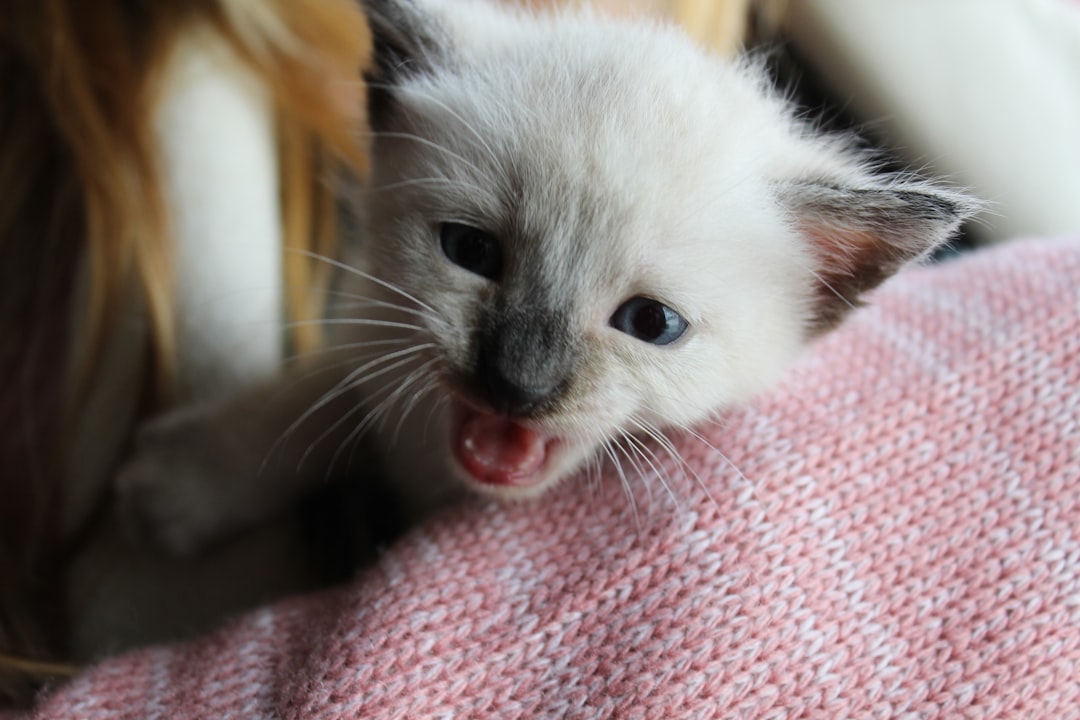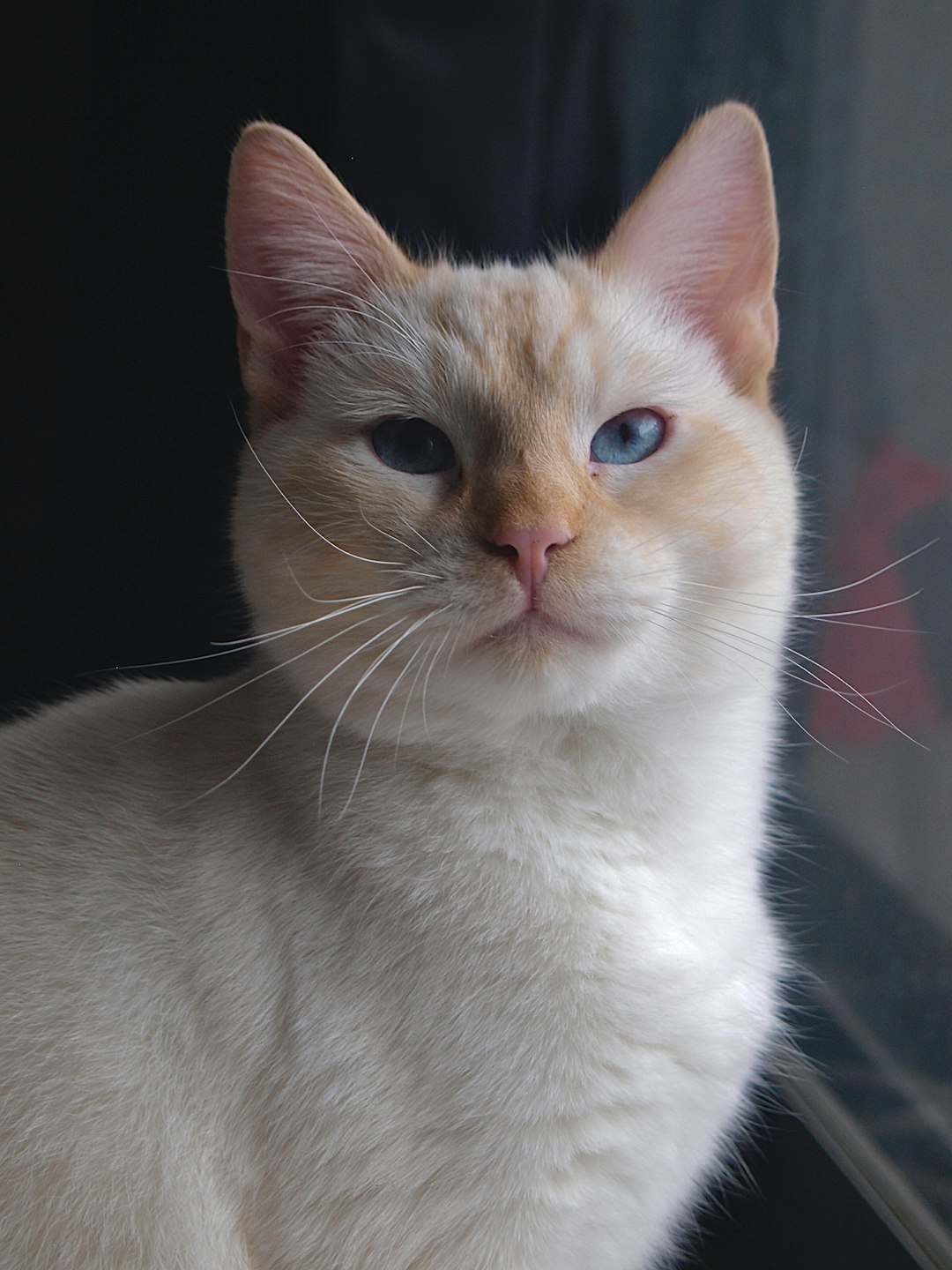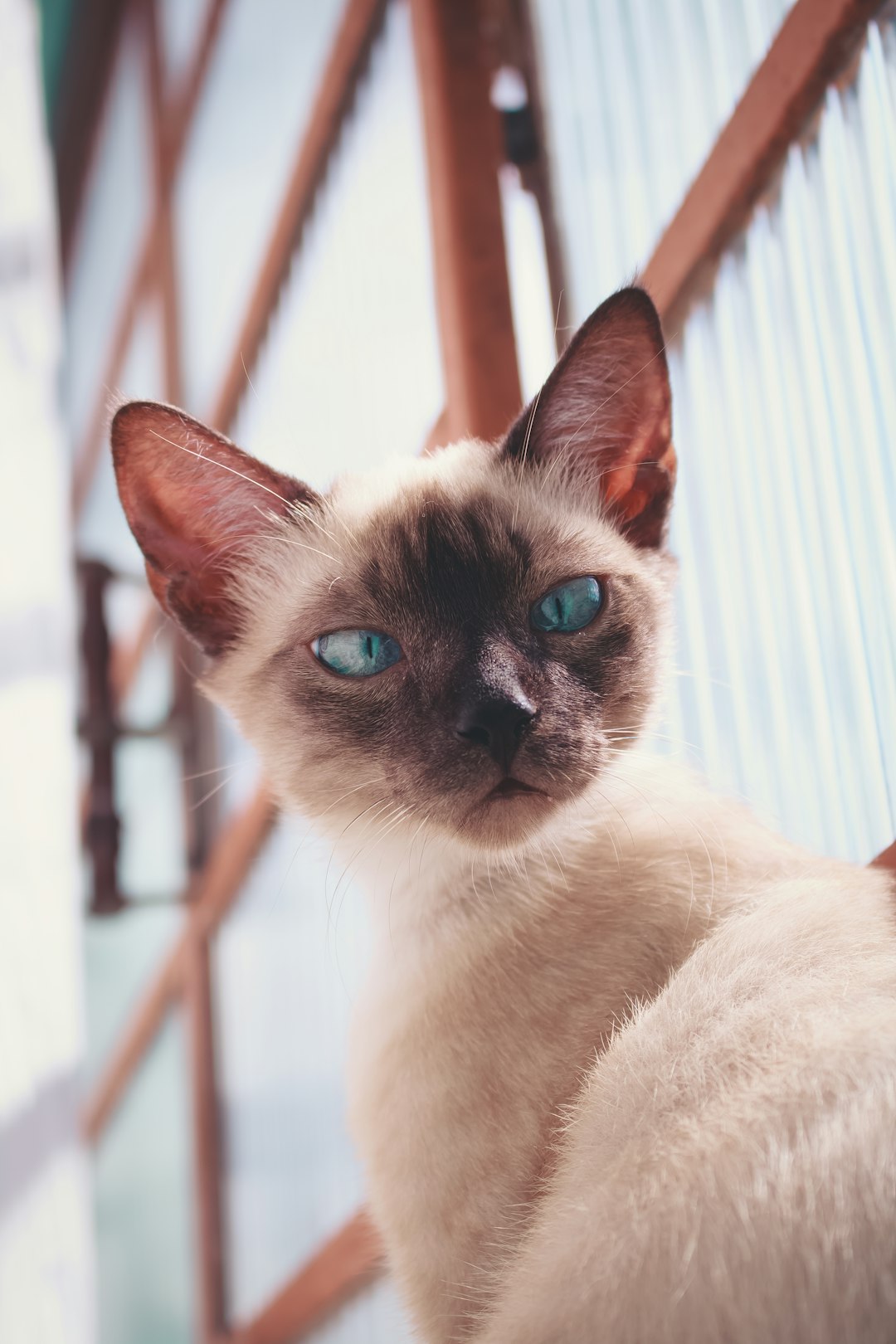When it comes to your feline friend’s dining options, you might wonder, “What’s the cat’s meow?” Well, strap on your apron and get ready to dish out the scoop! Navigating the glamorous world of the best canned cat food can be a delightful yet daunting task, especially with all the choices out there. No need to fret; we’re here to help you uncover the tasty treasures that will keep your kitty purring while meeting their nutritional needs. Let’s explore the top recommendations, making sure your furry gourmet enjoys every bite and stays healthy.
Nutritional Requirements for Cats

When it comes to your feline friend, understanding their nutritional requirements is crucial for keeping those whiskers twitching with delight. Cats are obligate carnivores, which means their diets must focus on protein. Here’s a quick breakdown of what your kitty craves:
- Protein: At least 30% of their diet should be high-quality protein. Think chicken, turkey, or fish—perfect for a paws-itively happy cat.
- Fat: Aim for about 20% in their diet. Fats provide energy (and they love a bit of it).
- Taurine: This essential amino acid helps with vision and heart health. Make sure to check your best canned cat food labels.
- Vitamins and Minerals: Look for foods rich in vitamins A, B, E, and necessary minerals like calcium and phosphorus for optimal health.
When you select the best canned cat food, remember that wellness doesn’t just come from taste; it’s also about meeting these nutritional needs. A balanced diet will keep your kitty vibrant and full of life!
Benefits of Canned Cat Food

Canned cat food often earns the title of “best canned cat food” for a reason! It brings several pawsitive benefits to your feline friend’s plate. Here’s why you should consider giving it a spot in your cat’s diet:
- Hydration Hero: Canned food typically contains around 75% moisture, helping your kitty stay hydrated. This is especially great for cats who don’t drink enough water!
- Taste Sensation: With a variety of flavors, textures, and formulations, you can appease even the fussiest of eaters. From chicken and tuna to gourmet recipes, there’s something to tickle every taste bud.
- Quality Ingredients: Many top brands make the best canned cat food with high-quality meats, organic vegetables, and beneficial nutrients. This means a happier—and healthier—cat!
- Weight Management: Canned food helps in controlling portions and can be lower in carbohydrates than dry kibble, making it an excellent choice for cats needing to shed some fluff.
- Convenient & Quick: Pop open a can, and voila! Instant meal. Canned food doesn’t require measuring or cooking, saving you time while satisfying your kitty’s cravings.
Give your cat the love they deserve with the best canned cat food that keeps them purring!
Top Brands of Canned Cat Food

When it comes to choosing the best canned cat food, not all brands are created equal. Some stand out from the pack with their quality ingredients and tasty flavors that are sure to have your feline friend purring with delight. Here’s a quick roundup of the top contenders in the canned cat food arena:
- Wellness CORE
- Benefits: Grain-free, high protein
- Flavors: Turkey, Chicken, Beef
- Rating: ⭐⭐⭐⭐⭐
- Blue Buffalo Wilderness
- Benefits: Real meat as the first ingredient, rich in omega fatty acids
- Flavors: Salmon, Chicken, Duck
- Rating: ⭐⭐⭐⭐⭐
- Purina Pro Plan
- Benefits: Vet-approved, fortified with vitamins and minerals
- Flavors: Tuna, Chicken, Beef
- Rating: ⭐⭐⭐⭐
- Fancy Feast
- Benefits: Wide range of gourmet flavors
- Flavors: Grilled Chicken, Oceanfish, Lamb
- Rating: ⭐⭐⭐
- Hill’s Science Diet
- Benefits: Formulated for health needs, vet recommended
- Flavors: Chicken, Salmon, Beef
- Rating: ⭐⭐⭐⭐⭐
Each of these brands offers something unique, ensuring that you can find the best canned cat food that suits your kitty’s palate and health needs!
Flavor Varieties for Fussy Eaters
Cats can be notoriously picky, making it essential to find the best canned cat food that tickles their taste buds! Thankfully, the world of canned cat food offers a feast of flavors. Here’s a quick rundown of tantalizing options to consider:
- Meat Lovers Delight: Think chicken, turkey, and beef – all packed with protein to keep your feline friend fit and feisty.
- Seafood Sensations: For those aqua-loving kitties, flavors like tuna or salmon can be a shellfish delight (without the shell, of course!).
- Mixed Medleys: Does your cat have commitment issues? Variety packs feature an assortment of flavors to keep the taste experience fresh and exciting.
Comparison of Top Flavors
| Flavor Type | Benefits | Suggested Brands |
|---|---|---|
| Chicken | High protein, easy to digest | Brand A, Brand B |
| Fish | Omega-3 fatty acids | Brand C, Brand D |
| Mixed | Variety keeps them interested | Brand E, Brand F |
Finding the best canned cat food with the right flavor can transform your fussy eater into a content kitty. So, explore those options and watch your cat devour their meals with glee!
Ingredients to Look for in Canned Cat Food
Choosing the best canned cat food isn’t just about what your cat finds appetizing; it’s also about the nutritional value packed inside those shiny little cans. Here are some key ingredients to look for:
- High-Quality Protein: Look for real meat (like chicken, turkey, or fish) listed as the first ingredient. Cats are obligate carnivores, after all!
- Essential Fatty Acids: Ingredients like fish oil or chicken fat provide Omega-3 and Omega-6 fatty acids that keep your feline’s coat shiny and skin healthy.
- Vitamins and Minerals: A blend of vitamins (like A and D) and minerals (like calcium and phosphorus) are crucial to support your cat’s overall health.
- Avoid Fillers: Steer clear of ingredients like corn or soy, as these provide little nutritional value and might cause allergies.
- Moisture Content: Most canned foods have high moisture content, which keeps your cat hydrated. Aim for around 75% moisture.
By focusing on these components, you can help ensure you’re choosing the best canned cat food for your furry friend. They’ll not only feast happily but thrive too!
Common Myths About Canned Cat Food
When it comes to the best canned cat food, misinformation can run rampant. Here are some myths to debunk, ensuring your feline feels fabulous with every meal:
Myth 1: Canned Food is Unhealthy
- Truth: In fact, quality canned food often contains higher protein and fewer carbohydrates than dry options, beneficial for your cat’s overall health.
Myth 2: All Canned Food is the Same
- Truth: Quality varies widely! Look for high-quality brands that prioritize real meat and wholesome ingredients. This is where the best canned cat food shines.
Myth 3: Canned Food Causes Obesity
- Truth: Portion control is key. Feeding the right amount of the best canned cat food ensures a balanced diet without unnecessary weight gain.
Myth 4: Cats Only Need Dry Food
- Truth: Cats thrive on moisture in their diet. Canned food helps hydrate, making it a perfect addition to their meals.
Myth 5: Cats Will Not Eat Canned Food
- Truth: Most cats jump at the chance! Keep it interesting by trying different flavors of the best canned cat food.
So, let’s set the record straight! Choose wisely, and your kitty will purr with delight at mealtime.
Transitioning Your Cat to Canned Food
Transitioning your furry friend to the best canned cat food can be a delightful journey, offered you take the right steps. Cats can be notoriously finicky, so patience is key! Here’s a simple guide to make the switch smoother:
- Start Slow: Begin by mixing a small amount of canned food with their regular dry food. This helps your cat adjust to the new texture and flavor.
- Gradually Increase: Over the course of a week, slowly increase the ratio of canned food to dry food. Eventually, aim for a 50-50 mix.
- Observe Their Reaction: Keep an eye on your cat’s behavior and digestion. Do they seem excited for mealtime? Is their tummy happy? If all is good, you’re on the right path!
- Experiment with Flavors: If your cat remains skeptical, try different flavors from the best canned cat food options. Variety can coax even the pickiest eaters into giving in!
Finally, remember: each cat is unique! Adjust the process according to your feline’s preferences. Happy feeding!
Transitioning Your Cat to Canned Food
Now that you’ve discovered the best canned cat food, it’s time to roll up your sleeves and guide your furry friend through the transition! Cats, like some relatives at family reunions, may be resistant to change. But fear not! Here’s a purr-fect plan to ease your kitty into this delightful new diet:
- Start Slow: Mix a small amount of canned food with their usual dry kibble. Gradually increase the canned portion while decreasing the dry.
- Create a Routine: Feed your cat at the same times each day to establish a reliable schedule. Cats thrive on predictability!
- Watch for Reactions: Observe how your cat responds to the new food. If they reject it, try a different flavor or brand from the best canned cat food options.
- Stay Patient: Some cats need more time than others. Allow at least a week for the transition; Rome wasn’t built in a day!
- Reward with Love: Encourage your cat during every step of the process with treats and affection. Who doesn’t love a little extra cuddling?
With a little time and patience, your cat will be enjoying the best canned cat food in no time!
Frequently Asked Questions
Why should I choose canned cat food over dry cat food?
Ah, the eternal debate in the kitty world: canned vs. dry! Choosing canned cat food can offer numerous benefits for your feline friend. Firstly, most canned options are higher in moisture, which is essential for keeping your cat hydrated — especially if they’re not big on drinking water. Canned food usually contains higher levels of protein and fewer carbohydrates compared to its dry counterpart. Plus, these delectable little cans of joy often come in a variety of flavors and textures, making mealtime feel like a gourmet experience for your meow-nificent companion. So, if you want to pamper your cat while also promoting their health, canned cat food may be the way to go!
What ingredients should I avoid in canned cat food?
When scouting for the best canned cat food, it’s crucial to don your detective hat and keep your eyes peeled for any suspicious ingredients! Say no to fillers like corn and wheat, which are just fancy words for ‘not enough protein!’ Avoid artificial colors, flavors, and preservatives too, as they’re in it for the drama and not for your cat’s health. Also, steer clear of mystery meats! If it says ‘meat by-products,’ tread carefully — you’ll want to prioritize high-quality, identifiable proteins like chicken, turkey, or beef instead. Always read the label – because being picky can actually pay off in the long run!
How much canned food should I feed my cat?
Feeding your cat the right amount of canned food is like finding the perfect balance in a complex dance. On average, a typical adult cat can eat about 1 to 2 cans per day, distributed across two or three meals. However, this can vary based on your cat’s age, weight, and activity level. To ensure your feline buddy is getting their purr-fect portion, you can refer to the feeding guidelines on the can, but don’t forget to adjust based on their unique needs. And remember, consulting with your veterinarian is always a good idea to tailor their diet to keep them feeling like the regal creatures they are!
Is it okay to mix canned food with dry food?
Mixing canned and dry cat food? Absolutely! It’s like creating a delectable feline feast! Combining the two can offer your kitty the best of both worlds: the hydration and taste of canned food along with the crunchy textures of dry food. This clever combination can also entice picky eaters and provide a balanced diet. Just keep the proportions in check; you wouldn’t want your fluffy friend to overindulge. Lastly, be sure to transition slowly if you’re trying this for the first time, to avoid any kitty tummy troubles. After all, the goal is harmony in their food bowl, not a culinary cat-astrophe!



